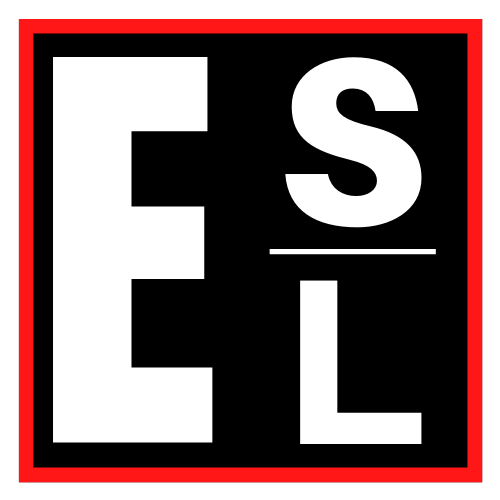By Kevin Wenzel, GWU 3L
A ruling in the Southern District of New York has elucidated the boundaries of copyright protection when it comes to including professional athletes’ tattoos to depict their likeness in video games.
Solid Oak Sketches, LLC., a tattoo licensing company, brought a copyright infringement suit in district court against the video game developer Take-Two Interactive Software. Take-Two develops, markets, and publishes the popular NBA 2K video game franchise through its wholly owned subsidiary 2K Interactive, LLC.. Solid Oak’s suit alleges that the 2013, 2014, and 2015 versions of the NBA 2K video game series infringed their copyright by recreating realistic depictions of tattoos that Solid Oaks holds an exclusive license to. At question are five distinct tattoos on three athletes featured in the games: Lebron James, Eric Bledsoe, and Kenyon Martin. While Solid Oaks has an exclusive license to the tattoos being depicted on these NBA athletes, they do not have a license to use the athletes’ publicity or trademark rights.
In a decision dated March 26th, 2020, the Court took the side of Take-Two, granting their motion for summary judgment on the grounds of de minimis use, implied license, and fair use, and finding that Take-Two’s use of the tattoos did not violate Solid Oak’s copyright protection.
In addressing the de minimus use claim the court examined factors of the amount the copyrighted work was used, the observability of the work within the game, and factors involving “focus, lighting, camera angles, and prominence.” The court agreed with Take-Two and found that the use of plaintiff’s tattoos within the games are used fleetingly and out of focus enough to not violate Solid Oak’s copyright. The court noted that the tattoos are not included in any marketing materials, but rather just in NBA 2K’s gameplay and only are included on 3 of the over 400 available players in the series. In determining de minimus use, the court reasoned that during normal gameplay players’ tattoos “appear entirely out-of-focus” and “are further obscured by the Players’ quick and erratic movements up and down the basketball court.”
The court also held that the tattoo artists had granted an implied license to the basketball players to use and display as part of their personas, and that these basketball players had then licensed the use of their likeness to be included in the NBA 2K video games. The finding relied on declarations by multiple tattoo artists who inked the five tattoos in question where they acknowledged that they intended for their artwork to become part of the players’ likenesses, and they also were cognizant of the fact that the players they tattooed were public figures and were likely to display their work publicly through their profession. The court looked to the prior case of Weinstein Co. v. Smokewood Entertainment Group in the Southern District that found grounds for an implied non-exclusive license “where one party created a work at the others request and handed it over, intending that the other copy and distribute it.” In the present case of Solid Oak, the court held that “(i) the Players each requested the creation of the Tattoos, (ii) the tattooists created the tattoos and delivered them to the Players by inking the designs onto their skin, and (iii) the tattooists intended the Players to copy and distribute the tattoos as elements of their likenesses, each knowing that the Players were likely to appear in public, on television, in commercials, or in other forms of media” Since the players had granted Take-Two permission to use their likeness and the players had an implied license to use the tattoos as part of their likeness, the court found no fault with Take-Two’s use of the tattoos.
Lastly, the district court granted Take Two’s counterclaim declaring that their use of the tattoos constituted fair use through a four-factor analysis. In looking at the purpose and character of the work the court found that the use was transformative, where the tattoos were included for the purpose of recreating the likeness of the player depicted. Then the court examined the nature of the copyrighted work, determining that the designs were more factual than expressive and contained commonly used motifs and designs, lending itself to fair use. The court considered the amount and substantiality of use, finding that while Take-Two copied the entirety of the work, it was for a transformative purpose, and the tattoos were reduced in size so the visual impact of their artistic expression was significantly limited. Finally, the court determined that there was no relevant market for Solid Oak to license tattoos in videos games and that such a market was unlikely to develop. Since all four of these factors weighed in favor of fair use, the district court granted Take-Two’s fair use counterclaim.
With the boundaries of de minimus and fair use becoming a little clearer, this case could help to serve as a guide for the use of tattoos in future video games, where publishers can now move forward more confidently, including these copyrighted works in their projects. While accurately depicting real-life public figures is certainly a central aspect of professional sport franchises, the issue is becoming more pertinent with different video game genres and titles as well. For example, video games like Gears of War 4 and Cyberpunk 2077 license the use of celebrities to play their main characters. While past suits on the subject frequently ended with a settlement before a decision could be reached, this decision in the Southern District of New York has helped to provide certainty and fill the void for copyright holders and video game publishers as we move forward in the virtual world.
Solid Oak Sketches, LLC v. 2K Games, Inc., No. 16-CV-724-LTS-SDA
